2016 Tesla Model X Review: Quick Spin


CARS.COM — We owe our first quick drive of the Tesla Model X SUV to Green Commuter, a transportation-focused startup that is looking to change the vanpool model of carpooling. The company’s plan is to use the Tesla Model X as an alternative to the traditional 12- or 15-seat van normally found in regular vanpools. It hopes to cut down on the fuel costs for users and lower pollution. It will also rent those vehicles as well during the day and on weekends, when they’re not being used, to take advantage of downtime. I took its Model X for a spin.
Related: More Tesla News
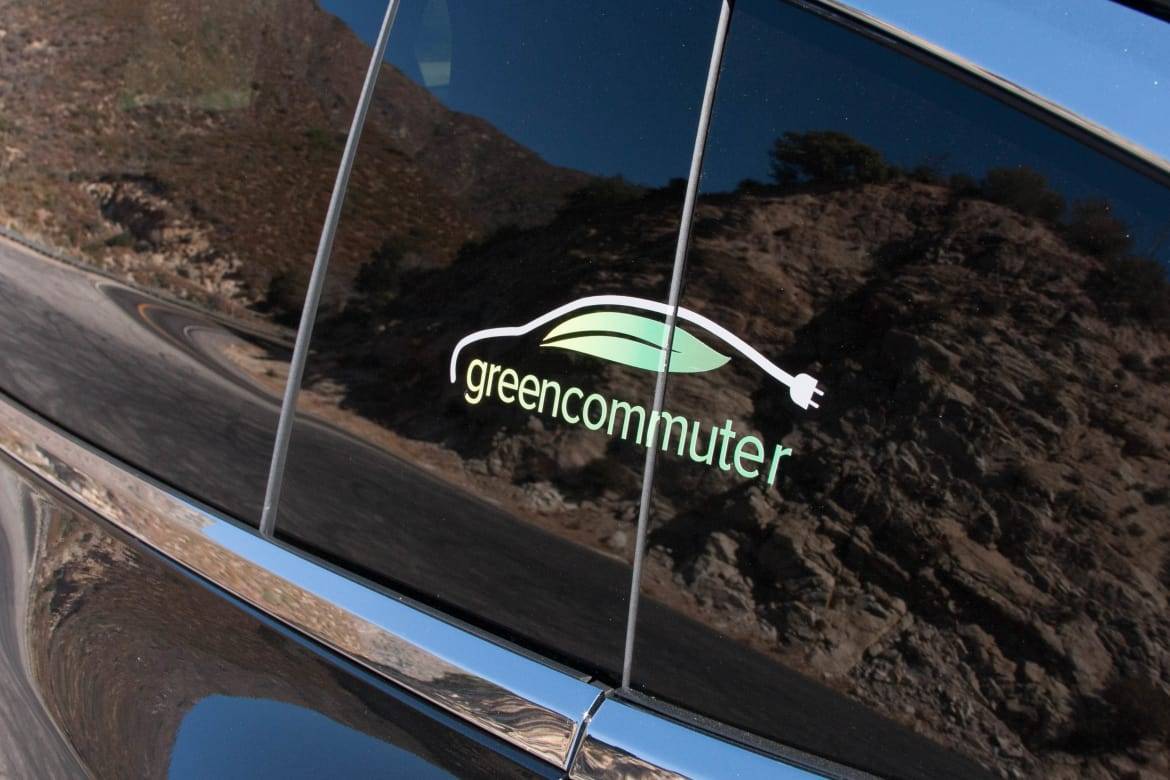
The 2016 Model X I tested was a 75D that came with the seven-seat option ($4,000), which automatically adds an adjustable air suspension ($2,500). The 72-amp High Amperage Charger Upgrade, also added ($1,500), allows for faster charging. This put the cash price for our test vehicle at $91,000 without the federal tax credit or state incentives added in.

Exterior
I am not a fan of the Model X’s styling which, along with the interior, keeps a minimalist aesthetic. I wouldn’t go so far as to call it unattractive, but it suffers from strange proportions; it kind of looks like a designer took a picture of a Model S and stretched it vertically. This also leads to an increase in the vertical space below the grille, which flattens out the noise and doesn’t do the front any favors visually. From the front three-quarter view, it’s hard to find an angle that makes the Model X look sleek rather than bulbous.
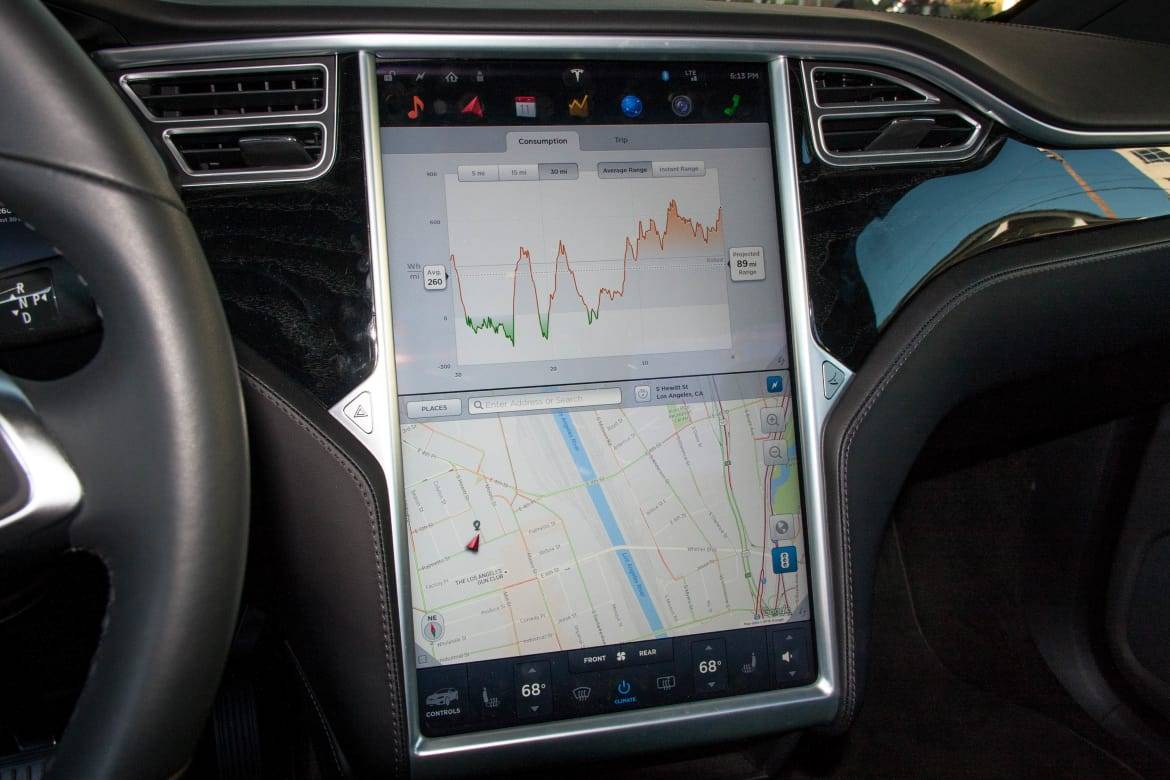
Range Finding
The 75D offers 237 miles of electric range, according to EPA estimates, bookended by the 200-mile 60D and 257-mile 90D. When I hopped into the Model X in the afternoon, it had 188 miles left according to the screen. I drove on an approximately 65-mile route up into the Angeles Crest Highway north of Los Angeles, then back to downtown.
It was a hot day, so I had the air conditioning on full bore pretty much the entire time, and I was driving quite aggressively. But by the time I made it back to the starting point at the Los Angeles Cleantech Incubator (LACI), there were only 76 miles of range left according to the onboard computer. How you drive will be a large factor in how the battery life in the Model X holds up; it has a lot of weight to sling around and if you are driving with urgency, the range will dip fast.
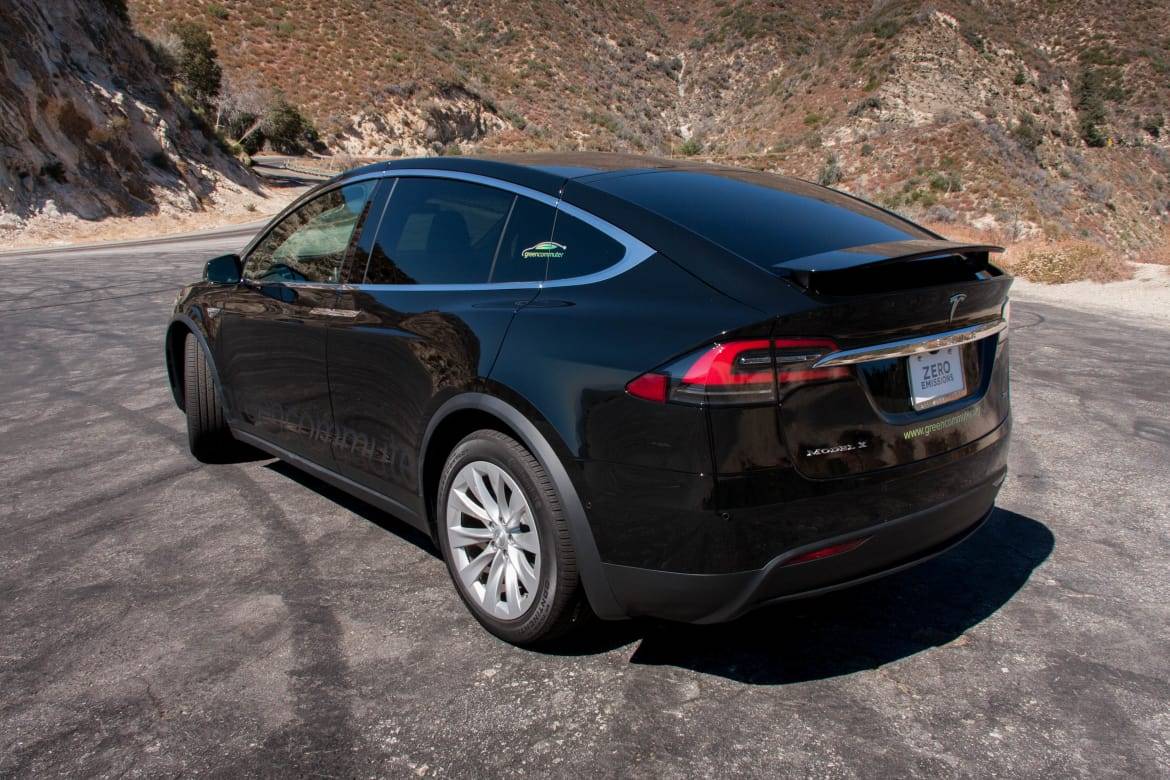
How It Drives
The 75D is the third most powerful of the Model X’s four trim levels behind the 90D and P90D. The P90D is the most powerful of the bunch, with a 155-mph top speed and a zero-to-60 time of 3.8 seconds, or 3.2 seconds with the Ludicrous Speed Upgrade added.
The 75D isn’t quite as bonkers on the spec sheet, but it’s still got a few tricks up its sleeve. Total output is 259 horsepower to either the front or rear axles, but the 75D limits the amount of power that can be put out at one time to 328 total horsepower. Torque is rated at 387 pounds-feet. The 75D will go from zero-to-60 mph in 6.0 seconds, a more modest number on paper, but it feels quicker than that on the road.
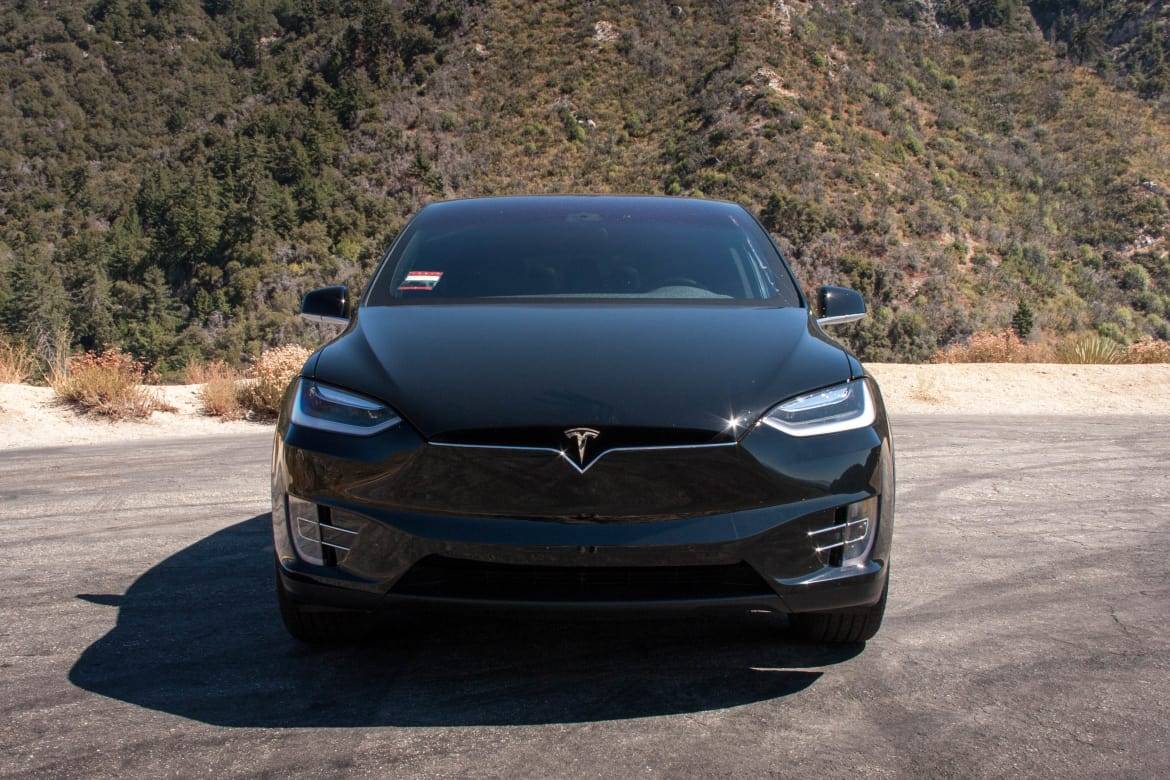
This is due to the big advantage that electric vehicles have over their gasoline-powered counterparts: instant maximum torque from 0 rpm and 0 mph. When you press the accelerator pedal, it launches forward immediately; I had to adjust the way that I drive to push the Model X on the tight roads of the Crest, getting on the accelerator a bit later because you don’t have to account for the time it takes a gas engine to get back up to its more powerful rpm. Even though I’ve driven cars with more horsepower than the Model X, it feels like it punches above its weight due to that instant response.
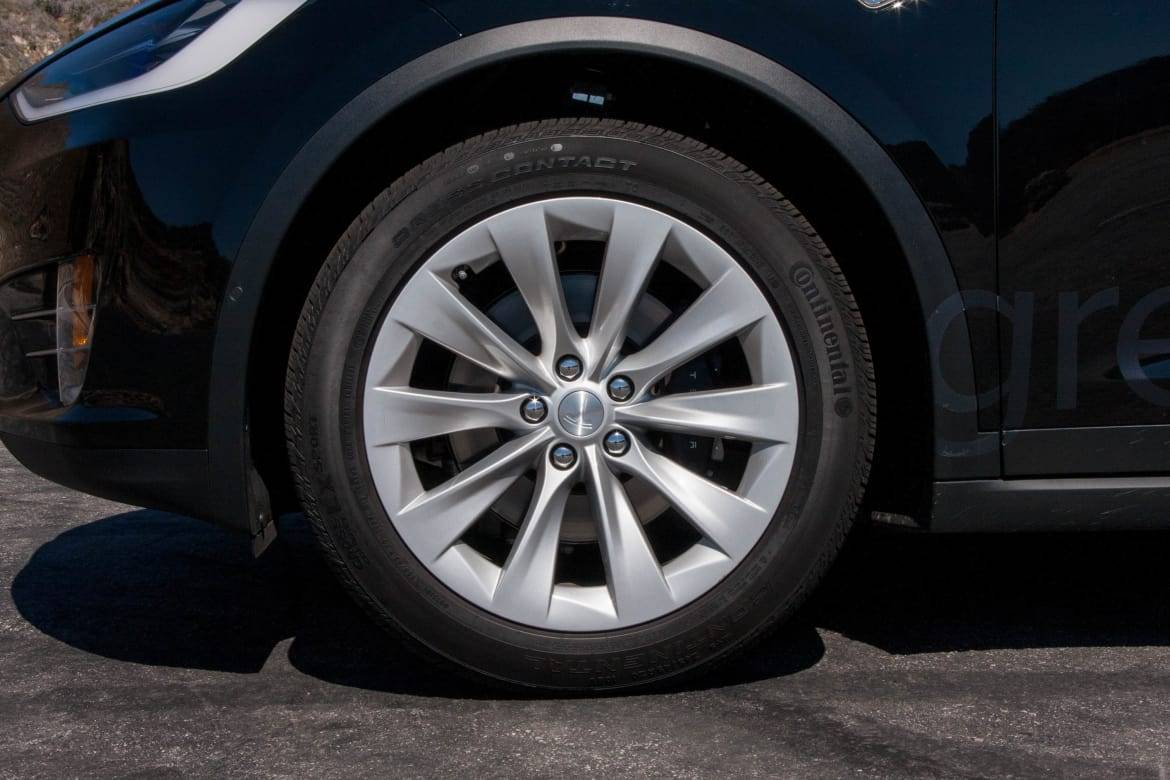
I also found that the Model X had much more proficient handling than I had anticipated, especially for such a large vehicle. The battery is mounted in the floor, which lowers the center of gravity and keeps it planted through the turns. It holds traction in quick maneuvering really well for any vehicle, especially an SUV.
The steering does need a bit more feedback. Sport mode tightens up the wheel, but I had trouble feeling what the tires were doing and had to back off a bit because of that vagueness. However, for its third vehicle, Tesla did a great job overall with the Model X’s dynamics.

Seating and Cargo
Green Commuter’s Model X came in the seven-seat configuration, which lowers the amount of cargo room in the back. Tesla did not release specific cargo volume figures, but I can report that the load floor is pretty high and doesn’t dip down at all below the rear hatch opening. Underneath the floor is a small hidden compartment for storing valuables. You can fit a few bags of luggage in the rear but not much more than that. Though the rear bench folds down, the second-row seats do not, so fitting longer items will also be tricky. There is the front trunk for some added room, but that won’t fit larger items, either.
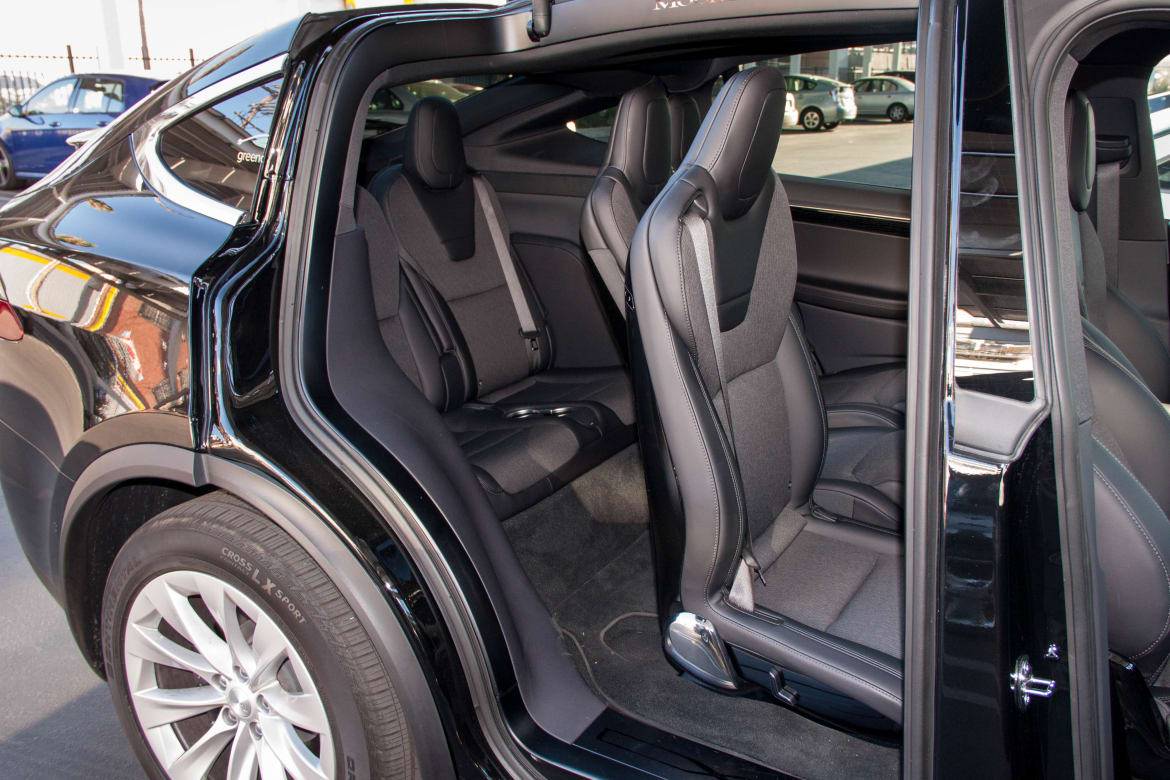
The one-piece second-row seats are all individually powered and can be controlled from the front via the touch-screen or buttons on the seats themselves. I also jumped into the third row and the only way I could fit back there semi-comfortably was to push the outboard seats on the second-row all the way forward. My knees were still slightly touching the back of the second-row seats and, since the seatbacks are plastic and not cloth, they have no give, which didn’t help matters. Third-row headroom is also tight; the cabin’s teardrop shape dips the back part of the roof low, putting my head very close to the headliner, enough so that I’d be scared of large bumps.
If you sit in the first two rows, it’s a comfortable, airy cabin — plenty of space in all directions and good support even if the seats appear thin at first glance. Visibility from the two front rows is also excellent: There are glass openings at the top of the falcon-wing doors that let light into the second row, while front-row passengers get to sit beneath the massive curved windshield.
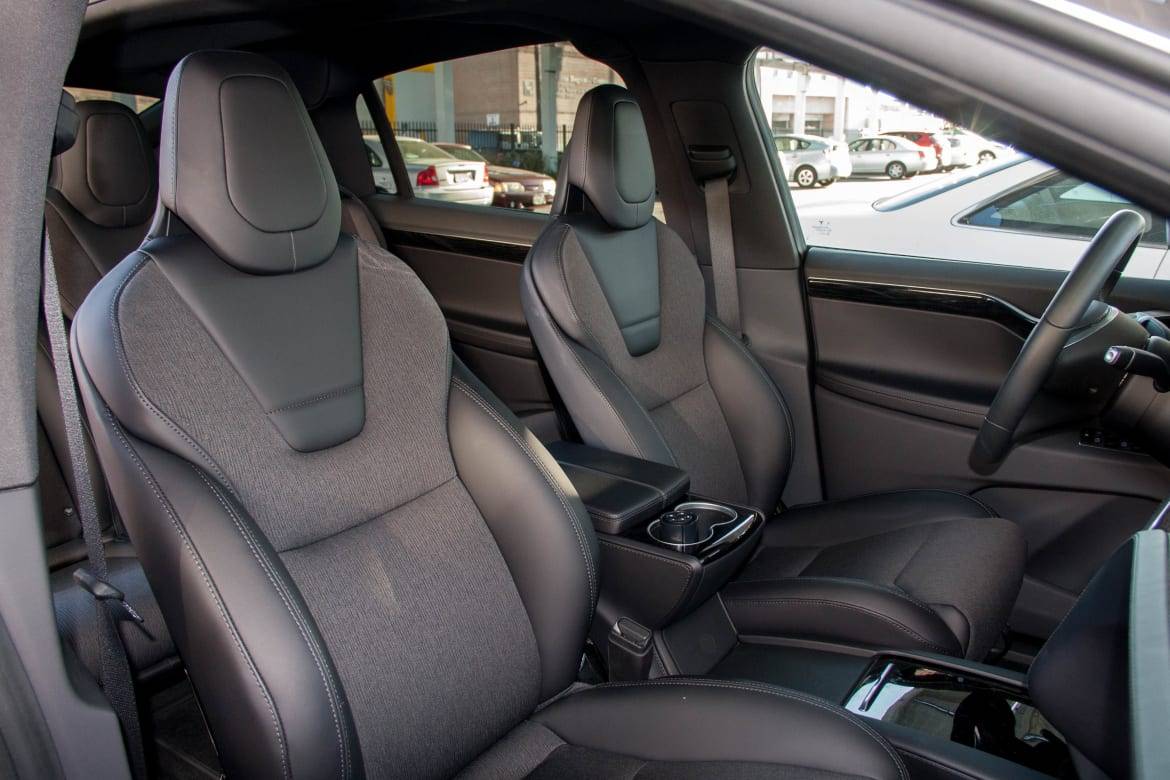
The windshield was actually my favorite part of the Model X. When driving, you look up expecting to see the ceiling… and you just keep looking to an almost complete vertical above your head. This was the element of the Model X that felt most futuristic to me; it’s an incredible view and feels almost like you’re driving a glass pod. It’s a remarkable feat of engineering to get a pane of glass that big and give it the structural integrity necessary for a windshield.
It should be noted that some owners have said that the windshield can let in too much sun, especially in the summer months. So Tesla provided a removable mesh sunshade to current owners. It blocks out two-thirds of the light and heat coming through the top portion of the glass above the rearview mirror.
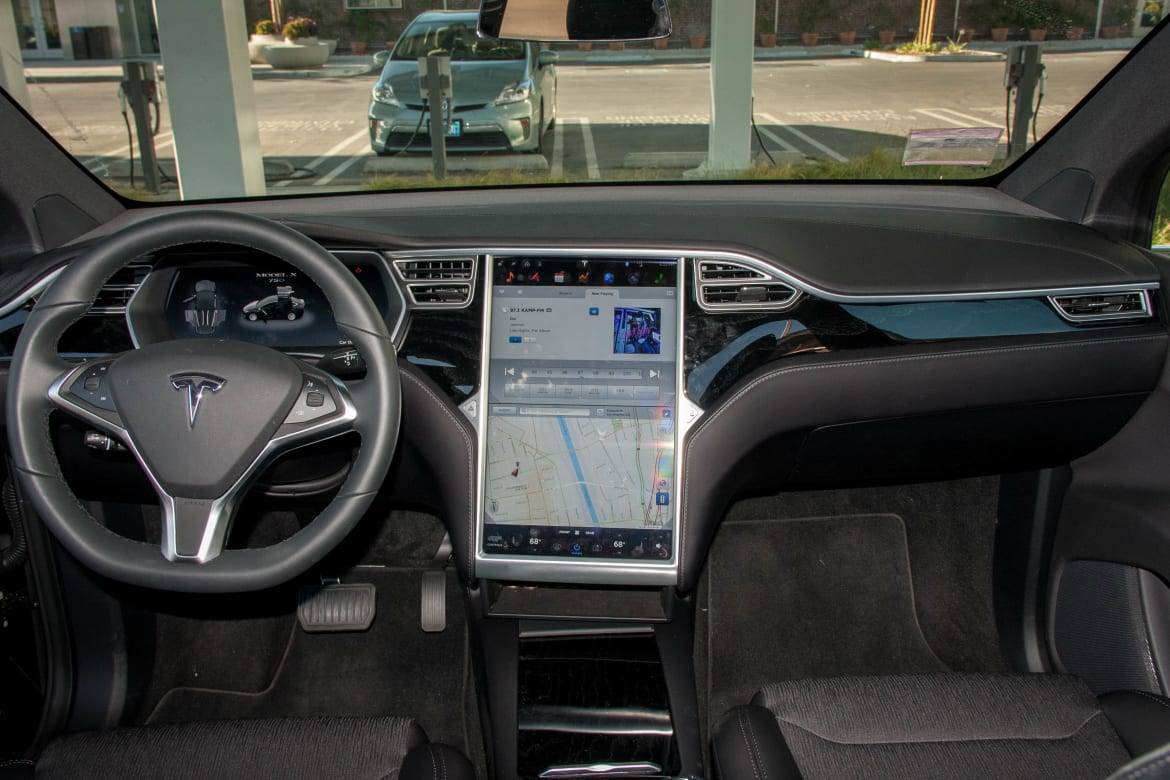
On Screen
Much like the Model S, the centerpiece of the Model X interior is that gigantic touch-screen, which measures 17 inches and handles the controls for the media, climate, communication and vehicle systems. You can open each of the doors and even move the seats around, all from the screen. Basically, all of the inputs that aren’t on the steering column will come from that panel.
I prefer conventional controls for certain features, including climate and volume, since they’re easier to use without having to look down and take your eyes off the road as a driver. On the Tesla, both of these are integrated into the screen: the bottom portion for climate and volume as a button on the audio screen. The saving grace for the Model X may be that both of those settings can be adjusted via the steering wheel controls and the separate, smaller screen that serves as the instrument panel.
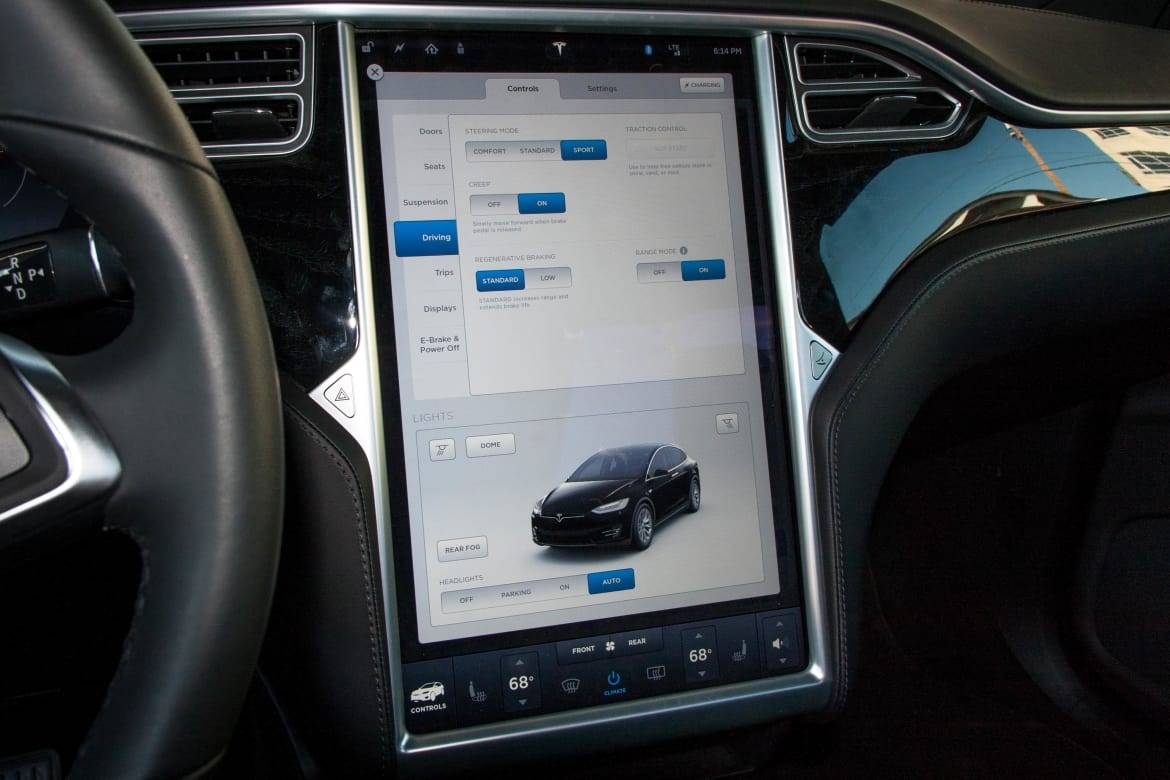
The touch-screen is very responsive, with menus that open quickly, and typing on it is easy thanks to a full-size keyboard that opens up below. It felt a lot like typing on a tablet to me, which is a preferred experience to other infotainment systems. There was a bit of lag when I was trying to use the Google Maps-based navigation interface, especially when zooming in or out, but otherwise the system moves briskly.
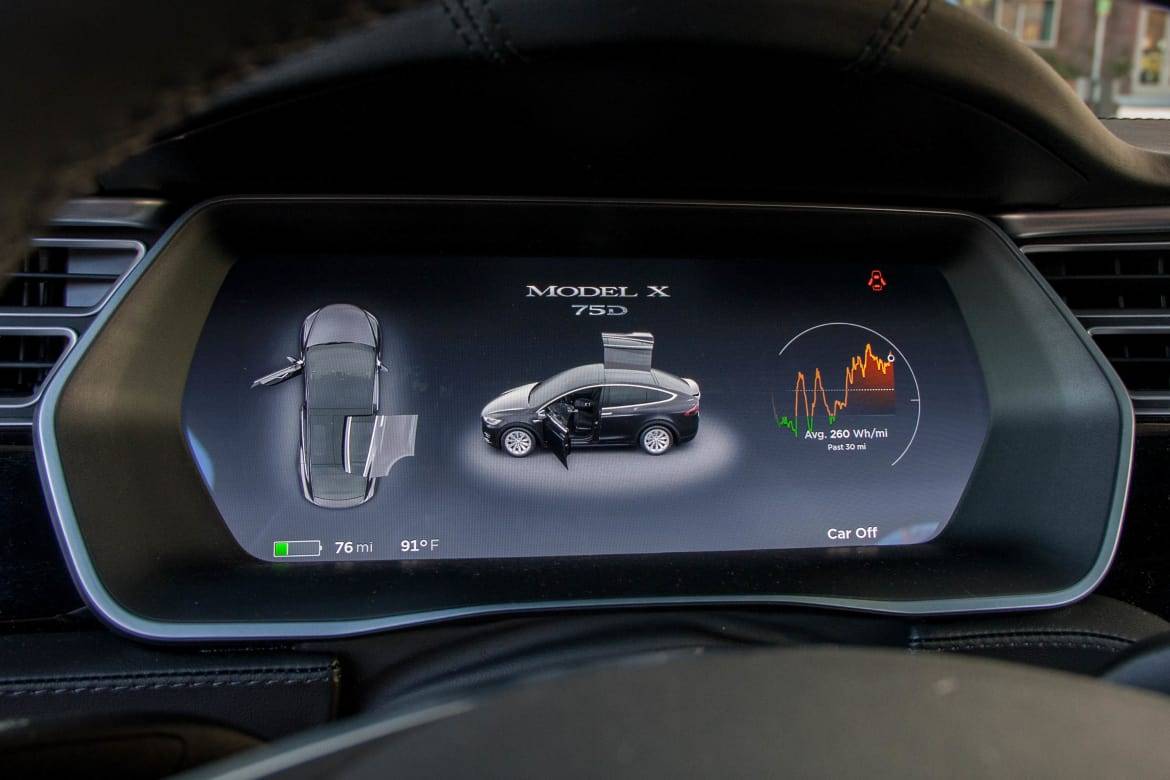
The data shown on the left and right sides of the instrument panel screen in front of the driver changes depending on what the rest of the vehicle is doing. If the navigation is turned on, for example, the left side will show a smaller view of the map and directions. The middle of the screen has your current speed as well as a view of the Model X and vehicles surrounding it on the road. The right side is used for displaying the climate or audio controls, among other functions.
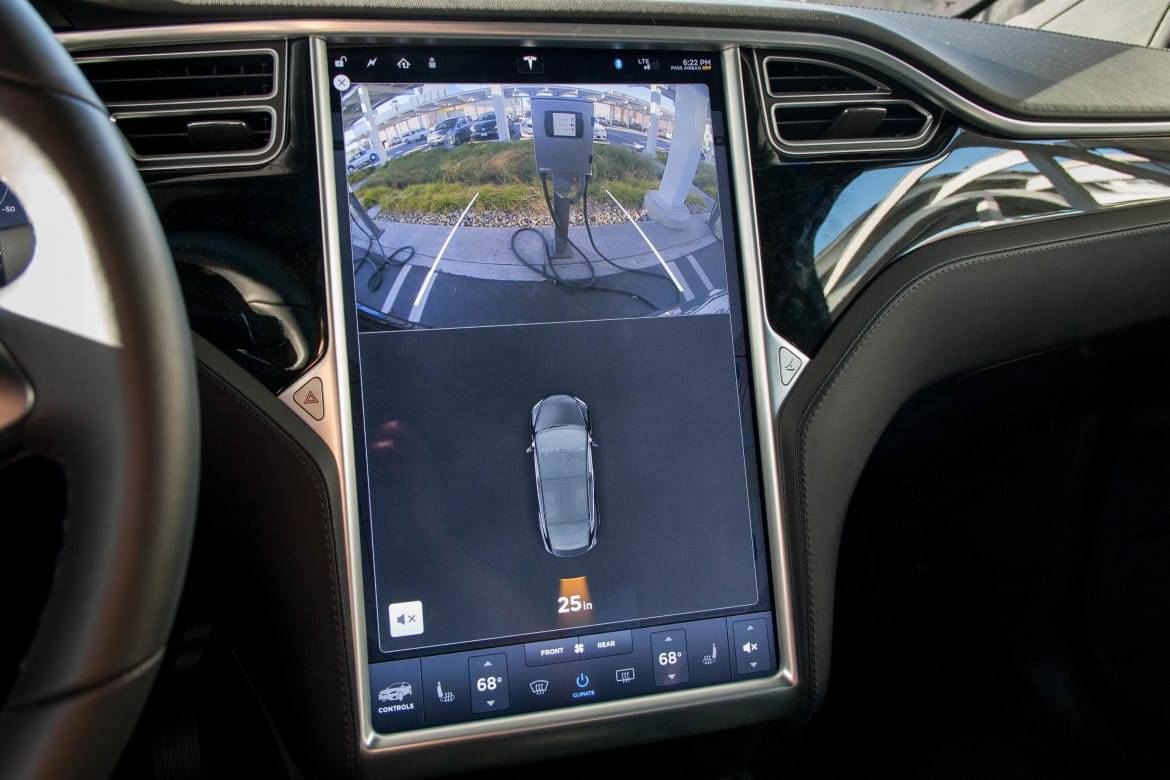
Safety
Our test vehicle did not come with Tesla’s Autopilot functions, but there was still plenty of safety technology: forward and rear cameras, 360-degree parking sensors, blind spot warnings, automatic emergency braking, lane departure warnings and 12 airbags.
Each of the active-safety systems performed as advertised on my drive and the parking sensors were very helpful, as you can’t see the sloping hood from the driver’s seat. It displays an interface in the instrument panel and on the center screen when moving slowly forward or back that tells you exactly how far away objects are from the vehicle in inches, something I’d like to see other automakers adopt.
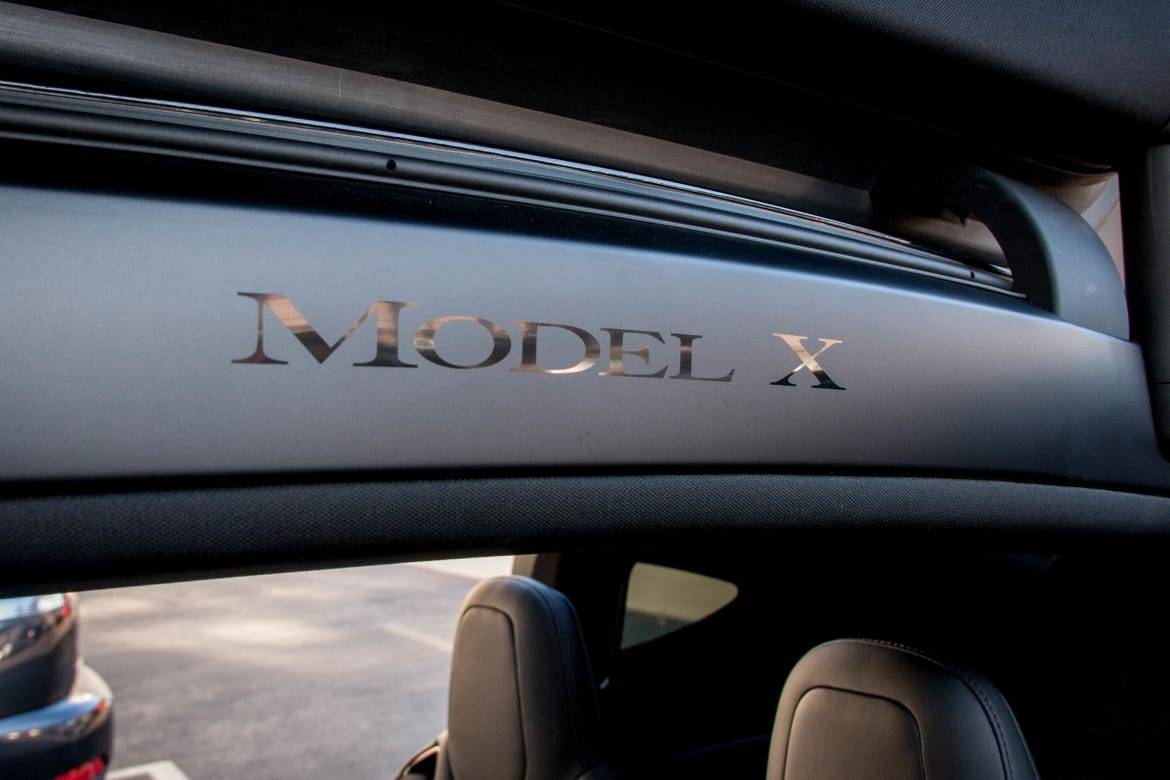
Final Thoughts
When you walk up to the Model X, there’s a lot of “watch this” coolness associated with it, from the powered doors to the big screens and flashy technology.
But even after just an afternoon with it, the shine started to wear off. The “falcon” doors are admittedly a great party trick, but their complexity starts to seem unnecessary the third or fourth time you’re standing there waiting for them to open. Compounding that is the fact that Tesla has had problems with the doors as well, having to send an over-the-air update to fix the software and prevent a series of problems. They feel over-designed.

That could be said about a lot of the parts of the Model X — such as the one-piece second-row seats that won’t fold manually, so it takes 10 seconds to get them to move up so you can climb in the back, or the key fob without labels that is sleek but confusing without a guidebook. The car takes great leaps forward, the powertrain is great, ride quality is excellent and forward visibility is unmatched. But these steps back nip at your heels all the way through.
I thought my impressions of the Model X would be based on the things that were new about it. But after I hopped out, the conclusion I reached was a retro one: That was fun to drive.
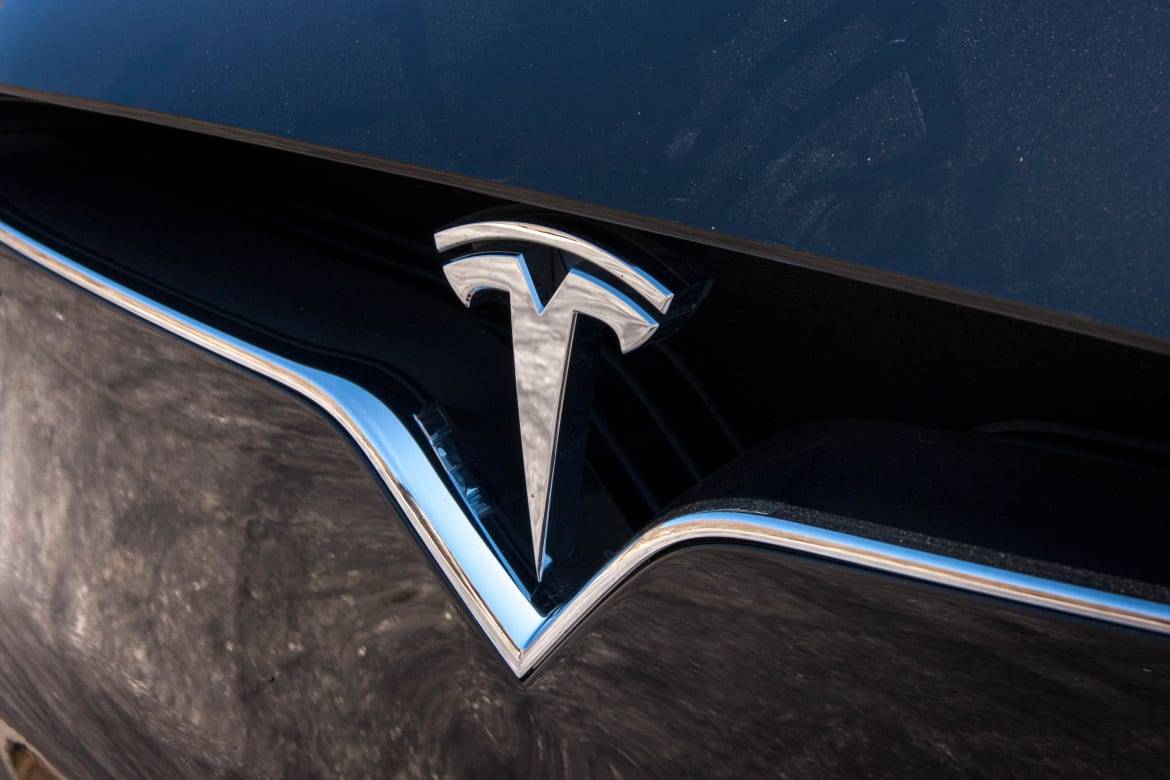

Former L.A. Bureau Chief Brian Wong is a California native with a soft spot for convertibles and free parking.
Featured stories




